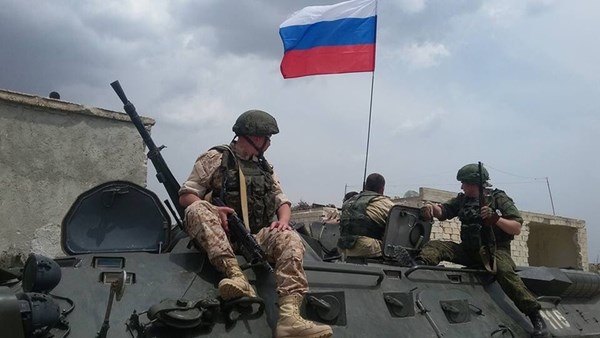Russia's summer offensive stalls as key objectives go unmet
The Kremlin’s summer offensive plan has fallen short, with key objectives—including encircling Pokrovsk and Kostyantynivka and pushing to Lyman and Siversk - still unmet.
Military analyst Oleksandr Kovalenko offered an interim assessment of Russia’s summer campaign and said the offensive has failed. Despite a record massing of troops—up to 120,000 along the Pokrovsk axis - Russian forces have not achieved any of the priority goals they set at the start of summer.
According to Kovalenko, Russia aimed to move on Pokrovsk, Kramatorsk, Sloviansk, Siversk, Kostyantynivka and even Kupiansk to set conditions for fall and winter fighting. By mid-August, none of those objectives had been reached. Breakthroughs were limited and often amounted to gains across fields or the capture of devastated villages.
Kovalenko notes the pace slowed sharply in August. In the first two weeks, Russian troops advanced only 200 to 250 square kilometers—well below spring and early summer rates. Over three months, total gains reached about 1,350 square kilometers, the most in a year but still far short of the Kremlin’s stated aims.
At the same time, Russia’s irreversible losses are rising. Kovalenko estimates that in the first half of August Russian forces lost about 14,000 personnel, with those killed in action outnumbering the wounded. He links that to Russia’s limited use of armor: troops move in light vehicles, on motorcycles, or on foot—conditions that leave them highly exposed to Ukrainian strikes.
He adds that core objectives - encircling Pokrovsk and Kostyantynivka and advancing to Lyman and Siversk - have been pushed to the fall and winter. Even then, the drive could stall as weather and a shortage of equipment work against Russia.
“Russian forces will be stuck in the open fields, and that will increase their losses,” Kovalenko said.
